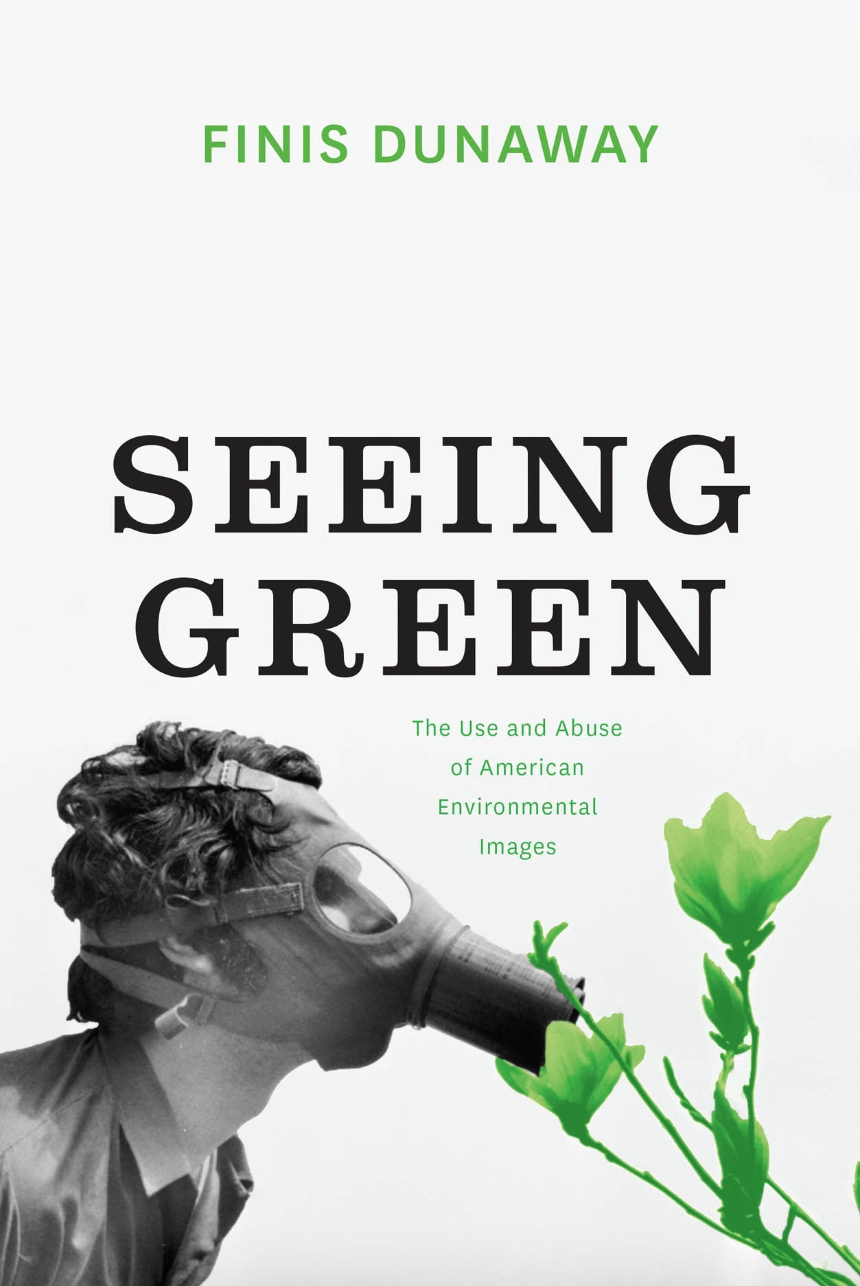Seeing Green
The Use and Abuse of American Environmental Images
Publication supported by the Neil Harris Endowment Fund
Finis Dunaway closes that gap with Seeing Green. Considering a wide array of images—including pictures in popular magazines, television news, advertisements, cartoons, films, and political posters—he shows how popular environmentalism has been entwined with mass media spectacles of crisis. Beginning with radioactive fallout and pesticides during the 1960s and ending with global warming today, he focuses on key moments in which media images provoked environmental anxiety but also prescribed limited forms of action. Moreover, he shows how the media have blamed individual consumers for environmental degradation and thus deflected attention from corporate and government responsibility. Ultimately, Dunaway argues, iconic images have impeded efforts to realize—or even imagine—sustainable visions of the future.
Generously illustrated, this innovative book will appeal to anyone interested in the history of environmentalism or in the power of the media to shape our politics and public life.
344 pages | 73 halftones | 6 x 9 | © 2015
History: American History, Environmental History
Reviews
Awards
History Division, Association for Education in Journalism & Mass Communication: Best Journalism & Mass Communication History Book
Won
Popular Culture Assoc./American Culture Assoc.: John G. Cawelti Book Award
Won
Association of American Publishers: PROSE Book Award
Honorable Mention
Canadian Institute for American Studies: Robert K. Martin Book Prize
Won
Canadian Historical Association: Wallace K. Ferguson Prize
Shortlist
